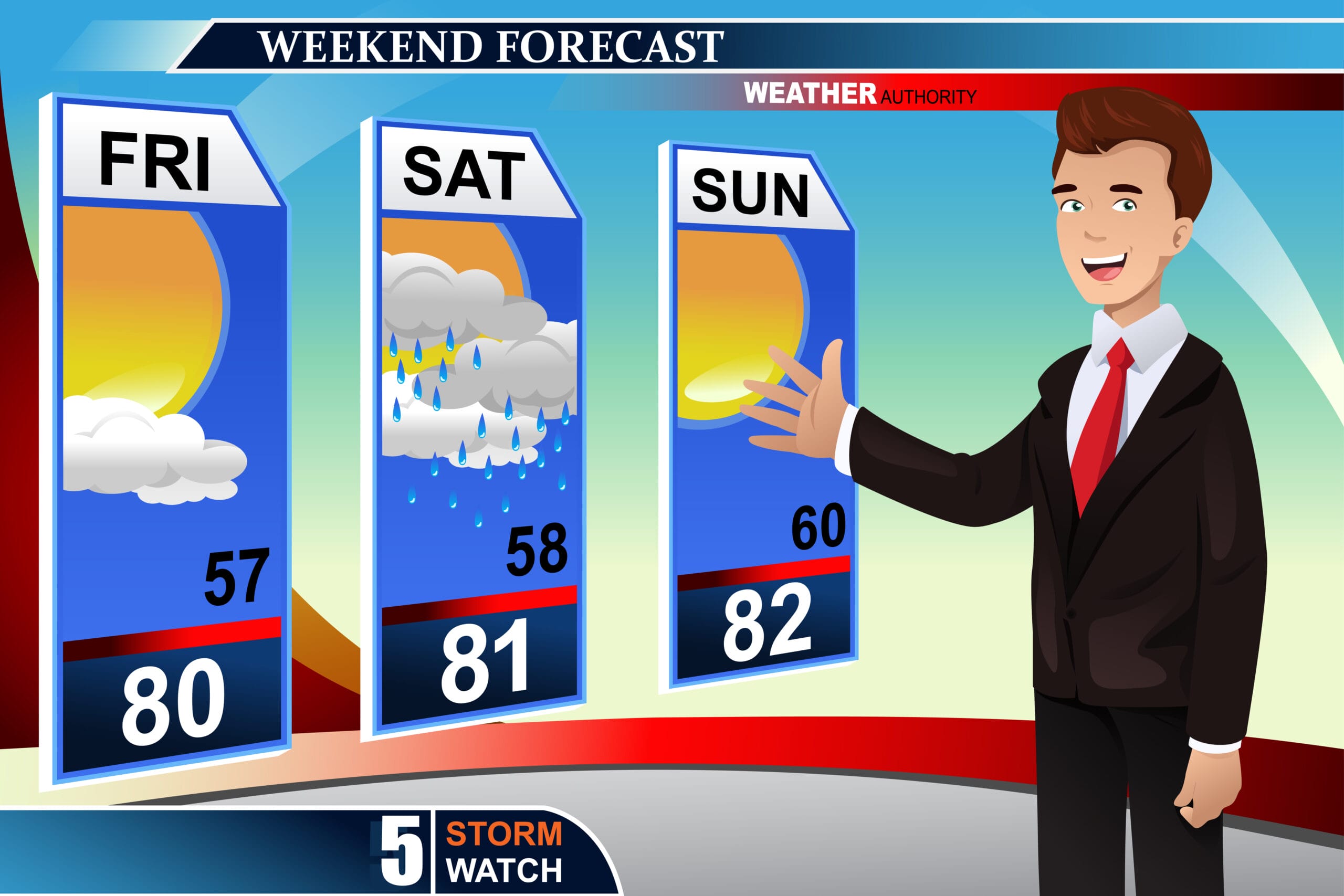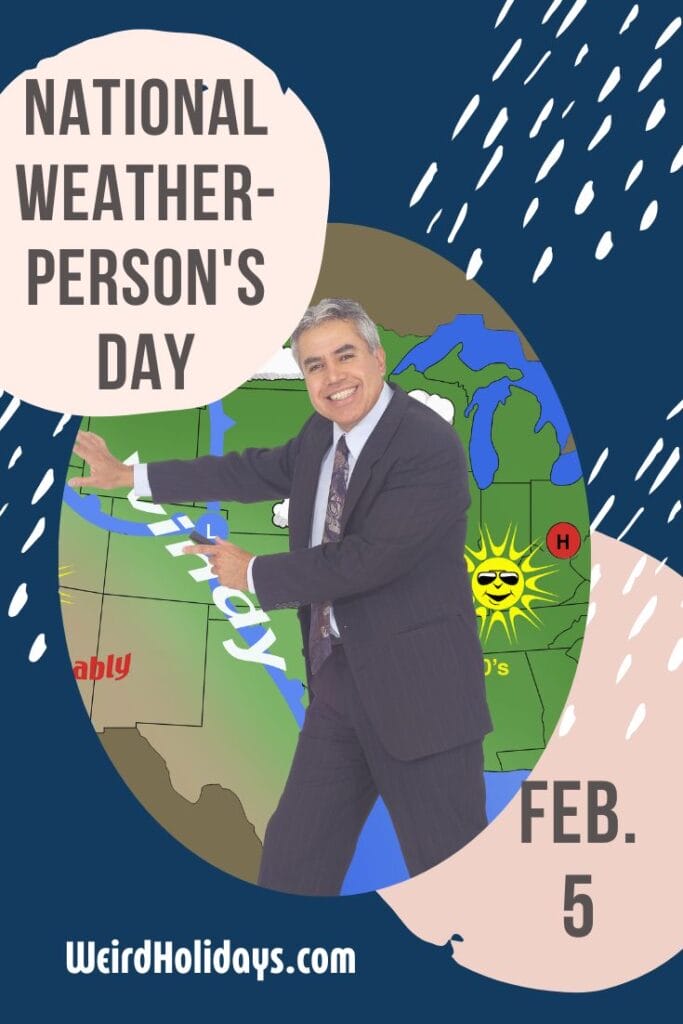National Weatherperson’s Day (February 5)

National Weatherperson’s Day, celebrated on February 5, recognizes the vital work of meteorologists and weather presenters.
This weird February day highlights their role in forecasting and helping communities prepare for weather challenges.
Whether you’re curious about its origins or looking for fun ways to celebrate, this post has everything you need to know.
When Is the Holiday?
National Weatherperson’s Day falls on February 5th each year.
This date honors John Jeffries, a pioneer in American meteorology, born on February 5, 1744.
Who Invented It?
The origins of National Weather Person’s Day aren’t tied to a single person or organization but evolved to honor meteorologists and weather presenters who contribute to public safety and scientific understanding of the weather.
The History of the Holiday
It aligns with the birth of John Jeffries, who kept weather records in Boston from 1774 to 1816.
His groundbreaking work included collecting weather data via a balloon in 1784, a feat that marked a significant milestone in meteorology.
Over time, this holiday has grown to recognize advancements in weather forecasting, from early weather stations to modern satellite technology.
Top 5 Facts About the Day
- John Jeffries is considered the first American weatherman.
- Weather presenters appeared on U.S. TV for the first time in 1940.
- Dan Rather’s hurricane warning in 1961 saved countless lives.
- The Weather Channel launched in 1982, broadcasting 24/7 forecasts.
- Tornado warning accuracy has improved from 43% to 72% since the 1990s.
Activities to Celebrate
- Tune in to your local weather station or watch an online forecast. Learn how meteorologists interpret radar maps, analyze weather models, and predict storms. It’s a fascinating way to understand the science behind the daily updates we often take for granted.
- Get hands-on with projects like building a rain gauge, creating a weather wheel, or designing a colorful weather chart. These crafts are perfect for kids and offer a fun way to learn about weather patterns while sparking creativity.
- Create weather-related crafts like rain gauges or weather charts.
- Explore science-based projects such as making a miniature tornado in a bottle, studying cloud formations, or tracking temperature changes over a week. These activities can deepen your understanding of meteorology while making learning exciting.
- Show appreciation for the meteorologists and weather presenters who keep your community informed. Send a thank-you card, post a shoutout on social media, or visit a local news station if they allow tours. It’s a great way to acknowledge their hard work and dedication.
**This post may contain affiliate links. As an Amazon Associate and a participant in other affiliate programs, I earn a commission on qualifying purchases.**
Links to Resources
- Free weather worksheets for kids. Explore engaging, age-appropriate worksheets that teach kids about weather patterns, cloud types, and temperature tracking. These printable resources make learning interactive and fun for young meteorologists.
- Weather flashcards printable. Introduce children to key weather vocabulary and instruments with these colorful flashcards. Perfect for visual learners, these can be used as a matching game or for quick quizzes to reinforce concepts.
- Rainfall chart printable. Track precipitation levels with a simple and customizable rainfall chart. This printable is a great tool for budding scientists to combine weather observation with math and graphing skills.
- Printable weather chart for children. Help kids observe daily weather changes with an easy-to-use chart. From sunny days to snowy ones, this chart is perfect for morning routines or homeschooling activities.
- Everything Weather Book for Kids. Dive into a comprehensive guide that covers everything from storm formation to weather instruments. With fascinating facts and fun experiments, this book is a must-have for any young weather enthusiast.
Related Holidays
- National Umbrella Day (February 10)
- Go Fly A Kite Day (April)
Pin it!
Share this post about National Weather Persons Day on Pinterest!

